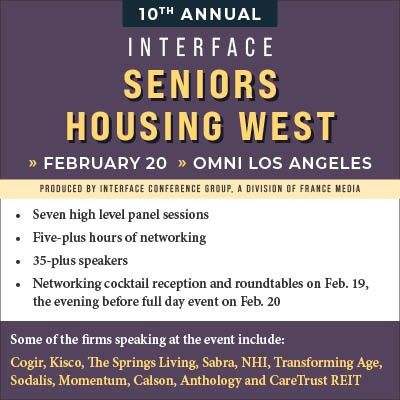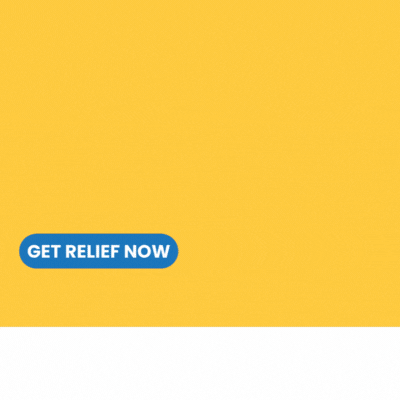By Sara Kyle
As I continue exploring activities and engagement through Activity Director Facebook groups and blogs, I see so much conversation about “how to get back to normal”. With a sub-theme of “how on earth can we do it and remain COVID complaint?” There are passionate sentiments and thousands of comments offering advice and support.
Should this be the goal?
Going Back Is the Easy Route, but Yields the Least Benefits
As humans, we crave familiarity. Let’s go ahead and admit . . . people of all ages do not like change. The body and mind seek efficiencies to operate using the least amount of effort and energy; it’s physiological. And yet research says that when you tax your body and mind, by changing your expected routine, you gain the greatest benefits.
If you do the same workout every day you will eventually plateau, and the gains are limited. The same is true for cognitive performance. Routines rob the brain of amplified stimulation and the capability to form new neural pathways.
Can we humbly admit, we were at a bit of a plateau with senior living’s traditional activity model? Yes, there are some great technology offerings that have improved programming and communication. We have better insights into care and how data can tell a story before it happens. But I am not convinced we have really changed our philosophy around activity programming, despite adopting new tools.
Why Am I Writing This?
My last day at Holiday was filled with webinars sharing a new strategy for all managers and resident coordinators about what the future of engagement might look like. There were 3 points I shared with my team and want to share with you:
- We will never go back to “what it was.” Instead we must look to the future, accepting it will undoubtedly look completely different.
- What we have learned in the past 2-3 months about engaging residents by meeting them where they are exposed major gaps in the “old” approach of schedule, invite, and wait for people to show up.
- There is not an operating manual or book you can read to know what to do next. In the words of Eric Boles, “You must earn your way out by learning your way out.”
Looking Ahead
The notion of looking at a current program of a competitor, whether sales, marketing, activities, or dining, and adding another layer to improve it will not rewrite the story of senior living that the world needs to hear.
I believe it is time to strip existing programs down to their core. We need to evaluate what they look like, examine the goals, and determine their sustainability in the new environment. I do not believe modifications are the long-term answer. We must adopt an innovative lens and create a new approach, not just scratch through what is now rendered useless.
There is a dire need to dig into market research and ask, “Why are people still moving in versus those who left and went back to their families?” Perhaps we start at level zero, where education becomes most vital. Do residents, family, and staff understand and respect universal protocols outlined by the CDC? Do people truly comprehend the benefits of social connection amid physical distancing?
There has been so much panic and fear to hit the industry that we need to come together and educate. Time is most definitely a scarce resource. How do we pen a universal protocol, rather than each company writing and branding their own version?
Win Together or Lose Together
I will keep saying this until I am blue in the face: as an industry, “we either win together or lose together.” If each operator and company go rogue, creating individual arsenals of protocols and programming in the new environment, all it will do is further confuse and frustrate the consumer.
Informing the prospect who already lacks clarity into the complex offerings and levels of care in senior living is hard enough, let’s not add to it. Perhaps this is the time to demystify the space.
Can we please move beyond the thought that one company is sitting on a goldmine of knowledge too insightful to be shared and, therefore, forfeiting their competitive advantage?





